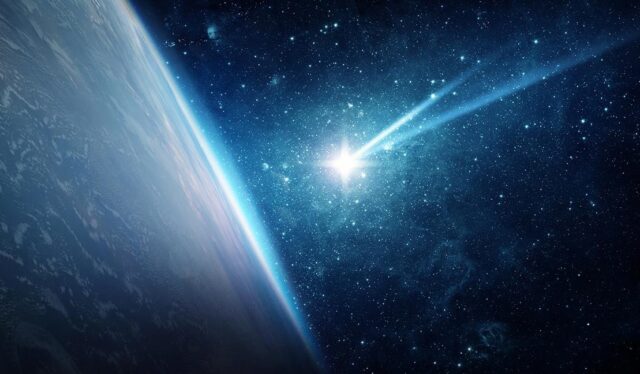The astro-baptized by some as the: “Christmas comet“ – was discovered only in January of this year, when it was between Mars and Jupiter, and NASA scientists have already traced the orbit that it is following towards the Sun.
The good news is that Leonard can be seen with the naked eye in Latin American countries. Of course, the weather conditions must be optimal to be able to appreciate Leonard before sunrise. It will be in mid-December, between the 12th and 14th, when it can be better appreciated, as it will be at its closest point to Earth.
However, scientists cannot pinpoint an exact date on when it will peak because the dust and gas it emanates are unpredictable. “Although comets are notoriously difficult to predict, by some estimates Comet Leonard will become visible to the naked eye in December,” explains NASA.
When and from where will it be seen?
Named C / 2021 A1, the comet discovered by Gregory J. Leonard – hence its name – was initially seen “as a faint blob” in early 2021, when it passed the orbit of Mars. Subsequent observations and analysis showed scientists that it is a comet with a long orbit period, of about 80,000 years, so its appearance near the Earth is an exceptional spectacle.
The path of Comet Leonard
A NASA tool shows Leonard (white) at his closest to Earth (blue) on December 12th, when will be at his closest point to Earth’s trajectory, almost 35 million kilometers away. Around that date, before dawn, Leonard will be seen by the naked eye almost anywhere in the world.
Attention Costa Rica!

In the case of America, the northern hemisphere will have a better perspective of its closest approach to the planet. That means that in countries of North and Central America, as well as the Caribbean, it can be seen to the east of the horizon.
In the second half of December, it will reverse its position from north to south, NASA explains. So the countries of South America could see it in its distance from the Earth near the western line of the horizon. Clear sky conditions will allow for a dim view of the comet’s tail with the naked eye. But binoculars can make it easier to locate and track.
NASA captured an image of Leonard just over a week ago, when it already sported a cloud of green dust and gas and the characteristic dust “tail” that these space objects have. After reaching his perihelion, the closest point in his orbit to the Sun, Leonard will return to the depths of space on a journey of thousands of years.

